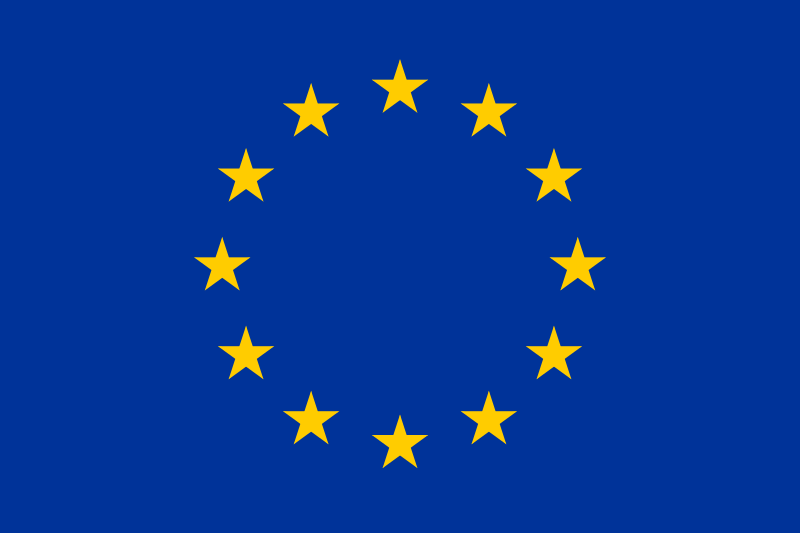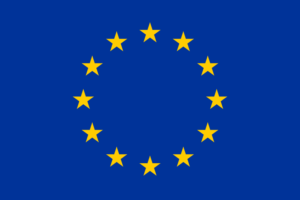“It is a groundbreaking fact that solar thermal is the only technology to be enabled to obtain the A+++ label”
December 4, 2013
The third annual General Assembly of the European Solar Thermal Industry Federation (ESTIF) under the presidency of Robin Welling took place in Berlin at the end of November after an invitation by the German solar industry association BSW Solar. In an interview with solarthermalworld.org, Welling describes the future challenges of the sector and analyses the difficult market situation in Europe. The photo shows the Kick-off meeting of new joined working group ESTESC in Berlin on the day before the General Assembly.
Solarthermalworld.org: It is your third General Assembly as President of ESTIF. How is the situation in your sector?
Welling: It is a challenge these days to organise a general assembly in the market situation that we are in. We will again have a significant reduction on the European solar thermal market this year. According to our first survey among associations and institutions in the different member states, the market will obviously decrease by another 9 % in 2013 compared to 2012. Hence, some members decided to abandon the market of solar thermal, others suffer to fulfil their obligations towards ESTIF, and consequently, we will have to reduce costs in our offices and organisation in Brussels. The good news, though, is that we have set up a long-term budget which enables ESTIF to extend its reserves after 2014.
Solarthermalworld.org: What are the reasons for the disappointing market situation?
Welling: Especially in Central Europe, the industry notices the fact that cost reductions in the value chain do not – or do only partly – arrive at the final user. Plumbers/installers are in some countries overloaded with work and therefore select jobs that do not create complications such as solar thermal installations. This is a very delicate point for the deployment of our industry. Systems today still consist of too many components and roof guarantees or risks did cause system prices that are too high for the final user. Therefore, cost competitiveness with other renewable energy sources is still a big hurdle to overcome. In some countries, solar thermal even faces competition from other technologies, such as photovoltaics. People are curious to invest in new technologies, but are left with a reduced investment budget in terms of solar thermal.
Solarthermalworld.org: You have announced the start of a new working group called European Solar Thermal Energy Standardisation & Certification (ESTESC). What is it about?
Welling: It was one of my primary targets as President to partner up with the Association of the European Heating Industry (EHI), which represents up to 70 % of the solar thermal market in Europe. We had several strategic meetings under the motto “Solar Wake-up Call” between EHI and ESTIF in Brussels over the last years, and the now chaptered working group ESTESC is one of the concrete results of this process. It is a great success that we join forces on key urgent technical topics like CE Marking, Global Certification or Eco-labelling/Eco-design, Snow and Wind Loads, as well as the Legionella topic. Unfortunately, we have not yet found a common agreement between ESTIF and EHI on how to tackle the problem of too high system prices for final users. The system prices are strongly linked to the high installation costs and, as you can imagine, are difficult and delicate to address.
Solarthermalworld.org: Can solar specialists agree more easily on fixed prices communicated to the end consumer than the heating industry is able to?
Welling: We need to face it: Solar thermal specialists do not have another solution – we have been hit hard by the market development of the last four years and have no other business fields to absorb these losses with. I would say that solar thermal specialists are more committed to resolving the price dilemma at this stage. Be aware that I do not see ESTIF as an industry association for solar thermal specialists only; we have 2 board members who clearly represent heating system suppliers (BDR Thermea and BDH). Also be aware that those system suppliers even dedicate directly towards solar thermal with high numbers of staff and investments. But sure, these companies have other fields of interest that are developing quite well and therefore, they – as a whole – do suffer less than specialists. If a final user needs a new heating system – both in retrofit and new build – he or she is usually advised by an installer or planner. This brings us again to the fact that installers frequently opt for a single technology option only. I believe, though, that sooner or later, these clients will add on with solar thermal simply because they want to save. Some solar thermal specialists will, due to lower output numbers and scale, revise their strategy and step back into regional sales only and in some cases, would even address the final user directly. This is very challenging since the way back to a professional B2B distribution network is a stony one. When I think back 15 to 20 years, solar thermal specialists influenced the final users directly by organising ‘solar evenings’: information evenings on solar thermal to final users only. This may be an option for some companies active in our field.
Solarthermalworld.org: Can eco-labelling improve the communication with the end consumer?
Welling: Eco-labelling for solar thermal is both an opportunity and a challenge, particularly for solar thermal specialists. It is a huge and groundbreaking fact that we managed to visualise a technology such as solar thermal is the only technology to be enabled to obtain the A+++ label. Many final users will opt for the A+++ solution, including solar thermal, so this is key. Our challenge will be the package label, as well as the software and calculation method with which we will need to offer labelled systems through the distribution network. Many installers may not bother to select a two-brand solution to obtain A+++; why bother if, on the other hand, you may offer packaged solutions by system suppliers that did obtain A+++? So, solar thermal specialists have 2 options: We must all invest jointly through ESTIF to develop tools that are easily available for all installers within the European Union or solar thermal specialists will not remain solar thermal specialists anymore and need to make the difficult choice of integrating back-up heating into their systems. This is what it’s all about. This is what ESTIF works on and stands for. Be aware that solar thermal specialists are the innovation drivers in this market and if they disappeared, things would look even worse.
Solarthermalworld: Is globalisation a way for solar specialists to escape from the decreasing markets in Europe?
Welling: To set up distribution networks outside Europe with reduced budgets is challenging, but in my opinion and at this stage, it is the only way. If we only focussed on German-speaking countries or on Europe, we would simply not be able to create enough revenue and margin to keep up our organisations. But if we Europeans think that internationalisation is only copy and paste, we will fail, and we know loads of examples like that. If we do internationalise, it is key to adapt locally, to partner with local know-how and mentality. We must be open for local investments, local value creation and local partnerships – then, internationalisation may be successful.
More information:
http://www.estif.org
http://www.ehi.eu
The interview was conducted by Bärbel Epp.


